Resins are amazing materials for all kinds of craft projects! From making jewelry to coating tables, these versatile substances can transform your creative ideas into reality. But not all resins are the same, and picking the right one makes a big difference.
Different types of resin have specific properties that make them better for certain projects. The most common ones are epoxy, polyester, and polyurethane resins. Each has its own strengths and works best for different things you might want to make.
When you're starting a resin project, knowing which type to choose can save you time and frustration.
Epoxy resin is great for clear coatings and jewelry, while ABS-like resins work better for items that need to be stronger. Other options like silicone and vinyl ester resins have special uses too.
Let's explore what makes each resin special and how you can use them in your crafting adventures!
What Are Resins?
Resins are sticky substances that can be natural or man-made. They're used in all kinds of crafts and industrial applications because they can start as liquids and then harden into solid forms.
Brief Introduction to Natural and Synthetic Resins
Natural resins come from plants! Think of tree sap that hardens when exposed to air. Pine trees give us rosin, and insects help create shellac. These have been used for thousands of years in varnishes and adhesives.
Synthetic resins are made in labs and factories. Scientists created these to have special properties that natural resins don't have.
There are two main types:
- Thermoplastic resins: These can be melted and reshaped many times
- Thermosetting resins: Once these harden, they stay that way forever
Common synthetic resins include epoxy, polyester, polyurethane, and silicone. Each one has different uses depending on what you're making.
Why Understanding Different Types of Resin Matters
Knowing your resins helps you pick the right one for your project! Some resins are perfect for jewelry, while others work better for coating surfaces or making molds.
For example, if you're making a river table, you'll want epoxy resin because it:
- Pours thick and clear
- Resists yellowing over time
- Can be colored easily with pigments
UV resin is great for small jewelry pieces because it cures quickly under UV light. Polyurethane resin is super tough, making it perfect for outdoor projects.
The additives in each resin type also matter. Some have UV blockers to prevent yellowing, while others include hardeners that affect work time and finish.
Natural Types of Resin
Resins found in nature have been used by humans for thousands of years. These sticky substances come from plants and insects and have many uses in crafts, woodworking, and even jewelry making.
Plant-Based Resins
Plant resins are sticky substances that ooze from trees when they get damaged. Pine trees are the most famous resin producers. Ever noticed that sticky sap on pine bark? That's resin! The tree makes this to heal wounds and keep bugs away.
Pine resin can be processed into rosin, which is used on violin bows and in some glues. You might have seen amber-colored chunks of this at craft stores.
Other trees that make useful resins include:
- Spruce
- Fir
- Cedar
- Frankincense (from Boswellia trees)
- Myrrh (from Commiphora trees)
These natural resins smell nice and have been used in perfumes, medicines, and even religious ceremonies. You can use them in crafts to make your own incense or add to homemade soaps.
Amber and Copal Resins
Amber is ancient tree resin that has hardened over millions of years! It's actually fossilized pine resin. When you hold a piece of amber, you're holding something that dripped from a tree before humans existed!
Amber comes in colors from pale yellow to deep orange-brown. Sometimes it has insects or plant bits trapped inside! These "inclusions" make each piece unique.
Copal is "younger" resin that hasn't fully fossilized yet. It's only thousands (not millions) of years old. Copal is softer than amber but harder than fresh resin.
Both amber and copal can be:
- Polished into beads
- Carved into decorative items
- Used in jewelry making
- Burned as incense
When working with these resins in crafts, remember they're somewhat fragile and can crack if dropped.
Shellac and Lacquer Resins
Did you know that some resins come from bugs? Shellac comes from the lac bug, a tiny insect that lives in India and Thailand. The bugs make a resin coating on tree branches.
People harvest this resin, process it, and turn it into thin flakes or buttons. When dissolved in alcohol, it becomes liquid shellac.
You might use shellac for:
- Sealing wood surfaces
- Making things shiny
- Creating molds for crafts
- Coating candies (yes, some food-grade shellac is used on candies!)
Traditional lacquer comes from the lacquer tree in Asia. This resin starts out clear but turns black when exposed to air. It creates a super-tough, water-resistant finish.
Both these resins can cause allergic reactions in some people, so wear gloves when working with them. They make excellent sealants for your craft projects!
Common Synthetic Types of Resin

Synthetic resins are human-made substances that harden when exposed to certain conditions. They're used in many crafts and industrial applications because of their unique properties and versatility.
Epoxy Resin
Epoxy resin is super popular among crafters for good reason! This versatile resin creates a clear, hard finish that resists yellowing. You'll love how it self-levels and gives a glass-like appearance to your projects.
Epoxy works through a chemical reaction between the resin and hardener. When you mix these two parts together, they start to cure. The curing time varies but usually takes 24-72 hours to fully harden.
This resin is great for:
- River tables and wood projects
- Jewelry making
- Coating artwork
- Countertops
Epoxy is very durable and water-resistant. It can withstand scratches better than many other resins. You'll find it easy to work with once you get the hang of proper mixing ratios.
Polyester Resin
Polyester resin is one of the most affordable options you can find. It's known for its quick curing time and strong odor. You'll need to use it in a well-ventilated area!
This resin is made from unsaturated polyester dissolved in styrene. When you add the catalyst (usually MEKP), it triggers a chemical reaction that causes hardening.
Polyester resin works well for:
- Fiberglass projects
- Boat repairs
- Casting applications
- Automotive repairs
It's more prone to yellowing than epoxy but cures faster. You might notice it shrinks a bit while curing. Polyester resin is also more brittle than epoxy but can withstand higher temperatures.
Polyurethane Resin
Polyurethane resin is amazing for when you need flexibility in your finished projects. It's available in different hardness levels, from soft and rubber-like to hard and durable.
This resin consists of two parts that create a chemical reaction when mixed. Unlike epoxy, polyurethane often has a shorter working time but cures much faster - sometimes in just a few hours!
Great uses for polyurethane resin include:
- Mold making
- Prop and costume pieces
- Floor coatings
- Casting detailed items
You'll notice polyurethane resin has better impact resistance than epoxy. It's also more flexible and less likely to crack. Some formulations can even be painted or dyed easily.
Silicone Resin
Silicone resin offers excellent heat resistance and flexibility. You can easily spot silicone products by their rubber-like feel and incredible temperature tolerance.
This resin is different from others because it's often used to make molds rather than final pieces. When you work with silicone, you're creating a flexible material that can withstand repeated use.
Silicone resin is perfect for:
- Making flexible molds
- High-temperature applications
- Waterproof seals
- Electrical insulation
The best thing about silicone is its remarkable release properties. Your cast pieces pop out easily without needing release agents. Silicone also maintains its flexibility even in extreme temperatures, from freezing to over 400°F!
Acrylic Resin
Acrylic resin gives you crystal-clear results with less yellowing over time. It's popular in crafting because it cures quickly under UV light.
This resin is actually a thermoplastic, which means it can be reheated and reshaped. Many acrylic resins come as powders that you mix with liquid monomer to create the working material.
Acrylic resin works wonderfully for:
- Nail art and extensions
- Small jewelry pieces
- Decorative items
- Casting small objects
You'll appreciate how acrylic cures quickly - sometimes in minutes with UV light. It's more affordable than epoxy but not quite as durable. Acrylic resin is also less likely to yellow over time compared to polyester resin.
Vinyl Ester Resin
Vinyl ester resin combines the best properties of polyester and epoxy resins. You get excellent chemical resistance along with easier processing.
This resin is created by reacting an epoxy resin with unsaturated monocarboxylic acid. The result is a material with epoxy's durability but polyester's ease of use.
Vinyl ester resin excels in:
- Corrosive environments
- Marine applications
- Chemical storage tanks
- High-performance composites
The chemical resistance of vinyl ester makes it perfect for tough projects. It handles acids and bases better than polyester resin. You'll find it's more expensive than polyester but typically cheaper than epoxy while offering a nice balance of properties.
Industrial Types of Resin
Industry uses specialized resins to create products we use every day - from car parts to electronics.
Phenolic Resin
Phenolic resin handles extreme heat and won't conduct electricity. This tough material (sometimes called Bakelite) was one of the first plastics ever made.
It needs heat and pressure to cure properly, creating products that resist fire and chemicals.
You'll find phenolic resin in:
- Circuit boards
- Brake pads
- Kitchen pan handles
- Car engine components
Unlike craft resins, phenolic always has a dark color and can't be made clear.
Polycarbonate Resin
Polycarbonate is an incredibly strong, see-through thermoplastic. Unlike epoxy, it doesn't need a hardener - manufacturers simply melt and inject it into molds.
This nearly unbreakable material withstands powerful impacts and appears in:
- Bulletproof windows
- Eyeglasses
- Smartphone cases
- Bike helmets
- Car headlight covers
Its main weakness is scratching easily, which is why glasses often have protective coatings.
Polyethylene Resin
Polyethylene is the world's most common plastic. This versatile thermoplastic comes in different types:
- High-density (HDPE): Makes stiff bottles and containers
- Low-density (LDPE): Creates flexible films and bags
Manufacturers choose polyethylene because it's affordable, food-safe, and processes quickly. It even floats in water! Common uses include:
- Milk jugs
- Grocery bags
- Food containers
- Automotive fuel tanks
- Composite materials (when mixed with glass fiber)
UV-Curable Resins
UV-curable resins transform from liquid to solid instantly when exposed to ultraviolet light. This unique property makes them perfect for:
- 3D printing
- Electronics coatings
- Dental fillings
- Nail salon products
- Printed circuit boards
The technology allows for extremely detailed objects and thin layers with precise control. While these resins cost more and require special equipment, their speed and accuracy make them valuable for many industries.
Comparing Types of Resin by Properties
Different resins have unique properties that make them better for specific projects. This table helps you quickly compare their key characteristics:
|
Resin Type |
Strength |
Heat Resistance |
Chemical Resistance |
Clarity |
Yellowing Resistance |
Working Time |
Cure Time |
Best Uses |
|
Epoxy |
Very High |
Good (up to 150°F) |
Good |
High |
Moderate |
30-45 minutes |
24-72 hours |
Tabletops, jewelry, river tables, clear coatings |
|
Polyurethane |
High |
Moderate |
Good |
Moderate to High |
Good |
10-15 minutes |
24 hours |
Flexible items, durable coatings, impact-resistant objects |
|
Polyester |
Moderate |
Good |
Excellent |
Moderate |
Poor |
30-40 minutes |
8-24 hours |
Boat repairs, large castings, economical projects |
|
Moderate |
Poor |
Moderate |
Excellent |
Good |
Until exposed to UV |
1-5 minutes under UV |
Small jewelry, thin coatings, quick projects |
|
|
Silicone |
Low (Flexible) |
Excellent (up to 500°F) |
Excellent |
Varies |
Excellent |
1-2 hours |
8-24 hours |
Molds, flexible items, heat-resistant applications |
How to Choose the Right Type of Resin
Picking the right resin is key to your project's success. Your choice depends on your project type, where it will be used, and your budget.
Art and Craft Applications
For art projects, epoxy resin works best. It's clear, resists yellowing, and creates a glass-like finish perfect for jewelry and river tables.
UV resin is great for small jewelry pieces, hardening in minutes under UV light. Polyester resin costs less but smells strong. It's good for casting figurines and paperweights.
Silicone resin stays flexible after curing, making it perfect for molds or squishy toys. For food-contact items like coasters or serving trays, always use food-safe resins.
Construction and Repair Uses
Polyurethane resins are tough and excellent for home repairs. They can fix wood cracks, seal pipes, and repair boat hulls.
Weather-resistant epoxy works best for outdoor fixes. It stands up to sun and rain, making it ideal for garden furniture or concrete patches.
Two-part epoxy putty is perfect for quick fixes - just knead and apply. Deep-pour epoxy fills large wood gaps without cracking or overheating.
Special epoxy floor resins create durable surfaces that resist chemicals, scratches, and heavy use.
Manufacturing Applications
Factories use polyester resins for bathroom fixtures and boat parts because they're waterproof and affordable.
Medical devices need medical-grade silicone or epoxy that's safe for the human body. Tough parts like gears use polyurethane resins that handle stress well.
3D printers use special UV-curable resins for precise shapes. Electrical components need flame-retardant epoxy resins for safety.
Cost Considerations
Polyester resin is cheapest ($20-40 per gallon) - good for big projects on a budget.
Epoxy resin costs more ($50-100 per gallon) but gives better results. Clearer options cost even more. Specialty resins like those for 3D printing can cost $50-200 per liter.
Remember to factor in tools, molds, and safety gear. UV resin requires a curing lamp. Buying in bulk saves money if you make lots of resin projects.
Ready to Start Your Resin Crafting Journey?
For your craft and art projects, Resiners offers premium epoxy resins designed for beautiful results. Explore their collection to find everything you need:
- Colored Epoxy Resin - Pre-tinted resins in vibrant shades for stunning projects without mixing problems
- Epoxy Tape - Specialized tape that creates perfect edges and prevents leakage during pours
- Epoxy Resin Molds - High-quality silicone molds designed specifically for resin crafting
Each type of resin offers unique benefits for specific applications. Epoxy provides clarity and durability for art projects, while polyurethane delivers flexibility for items that need to bend.
When choosing resin, consider your project's requirements—working time, clarity, durability, and safety factors. With the right resin, you'll create professional results that last and fulfill your creative or practical vision.
Frequently Asked Questions
What are the best resins to use for jewelry making?
Epoxy resin is perfect for jewelry because it's clear and doesn't yellow easily. It creates a glass-like finish that makes your pieces shine. Brands like ArtResin and Pebeo are popular choices.
UV resin is also great for jewelry work. You can cure it quickly with a UV light, which means less waiting time. This is handy when you need to make several pieces at once.
Polyester resin works well for statement pieces. It's super clear but has a strong smell, so work in a well-ventilated area.
How do I choose the right type of resin for woodworking projects?
Epoxy resin is the top choice for wood projects. It fills cracks and creates river tables beautifully. Look for deep-pour formulas if you're filling large spaces.
Polyurethane resin works great as a protective coating. It's more scratch-resistant than epoxy and handles outdoor conditions better.
For simple wood sealing, thin epoxy sealers do the trick. They soak into the wood and create a solid base for other finishes.
Can you recommend a type of resin that's perfect for creating resin art?
Art resin or epoxy resin is ideal for resin art pieces. It self-levels, has few bubbles, and gives you plenty of working time. Many artists prefer brands that offer UV protection to prevent yellowing.
Alcohol ink resin is specially made to work with alcohol inks. These resins allow the inks to bloom and create those pretty cell patterns you often see.
Resin dyes and pigments work best with epoxy resins. They mix in smoothly without affecting cure time too much.
Could you list the different types of resin typically used in 3D printing?
Standard resin is the basic option for LCD and resin 3D printers. It's affordable and works for general models where fine detail isn't critical.
Engineering resin is stronger and more durable. It's perfect for functional parts that need to withstand stress or movement.
Flexible resin creates bendable, rubber-like prints. This is great for making phone cases or items that need to bend without breaking.
Dental resin is biocompatible and used for making dental models or guides. It's more expensive but meets medical standards.
Water-washable resin doesn't need alcohol for cleaning. This makes it easier and safer to use at home with resin 3D printing setups.
What are some of the key differences I should know about when selecting resin for crafting?
Cure time varies between resins. UV resins cure in minutes with a light, while epoxy might take 24-72 hours to fully harden.
Viscosity affects how the resin flows. Thin resins are great for coating or for detailed molds. Thicker ones stay put and don't run off edges.
Heat resistance differs too. Some resins get soft in hot cars, while others can handle higher temperatures without problems.
Toxicity levels vary widely. Some resins are safer to use indoors with minimal protection. Others need serious ventilation and safety gear.
What types of resin are safe to use for making items that will come into contact with food?
FDA-approved epoxy resins are designed for food contact. Look specifically for "food-safe" on the label.
Examples include ArtResin's food-safe formula and ResinObsession's food-safe line.
Even with food-safe resin, always ensure your project is fully cured. This might take longer than the package says—sometimes up to a week.
Many resins claim to be food-safe when cured, but it's best to use them for items like serving trays rather than direct food containers.
Avoid putting hot foods on resin surfaces.
Remember that food-safe doesn't mean dishwasher-safe. Hand wash your resin items gently to maintain their finish and safety properties.

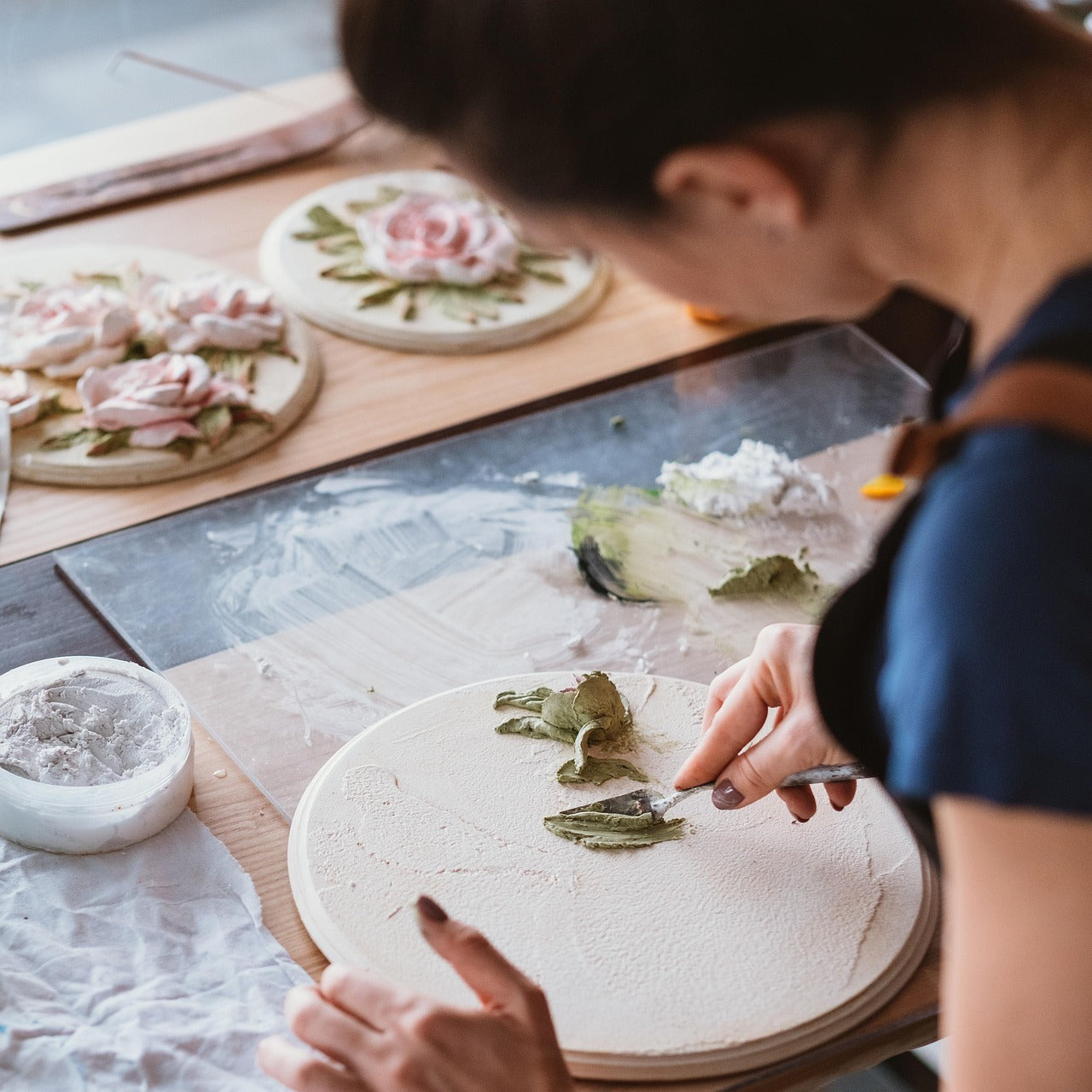
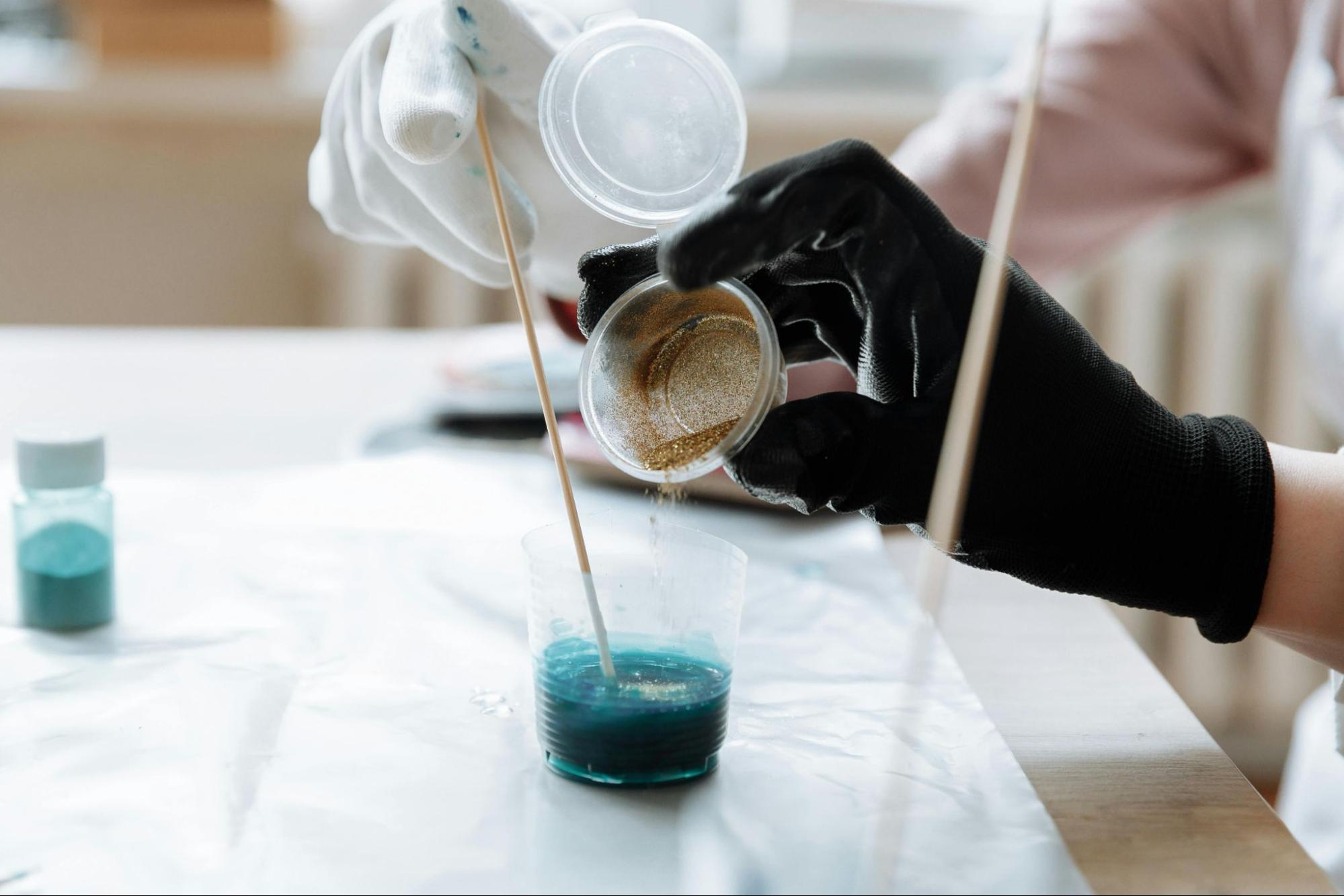
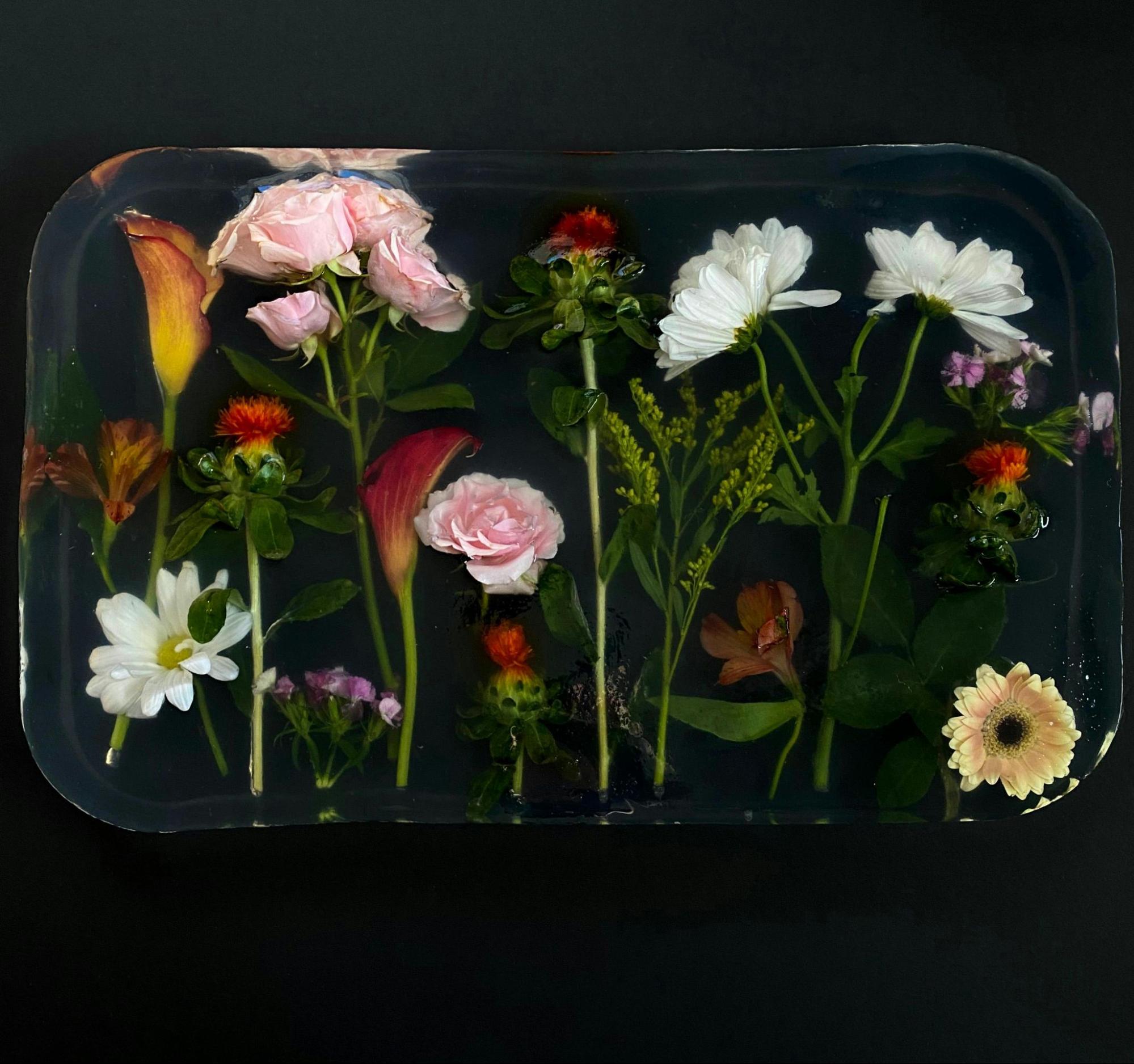
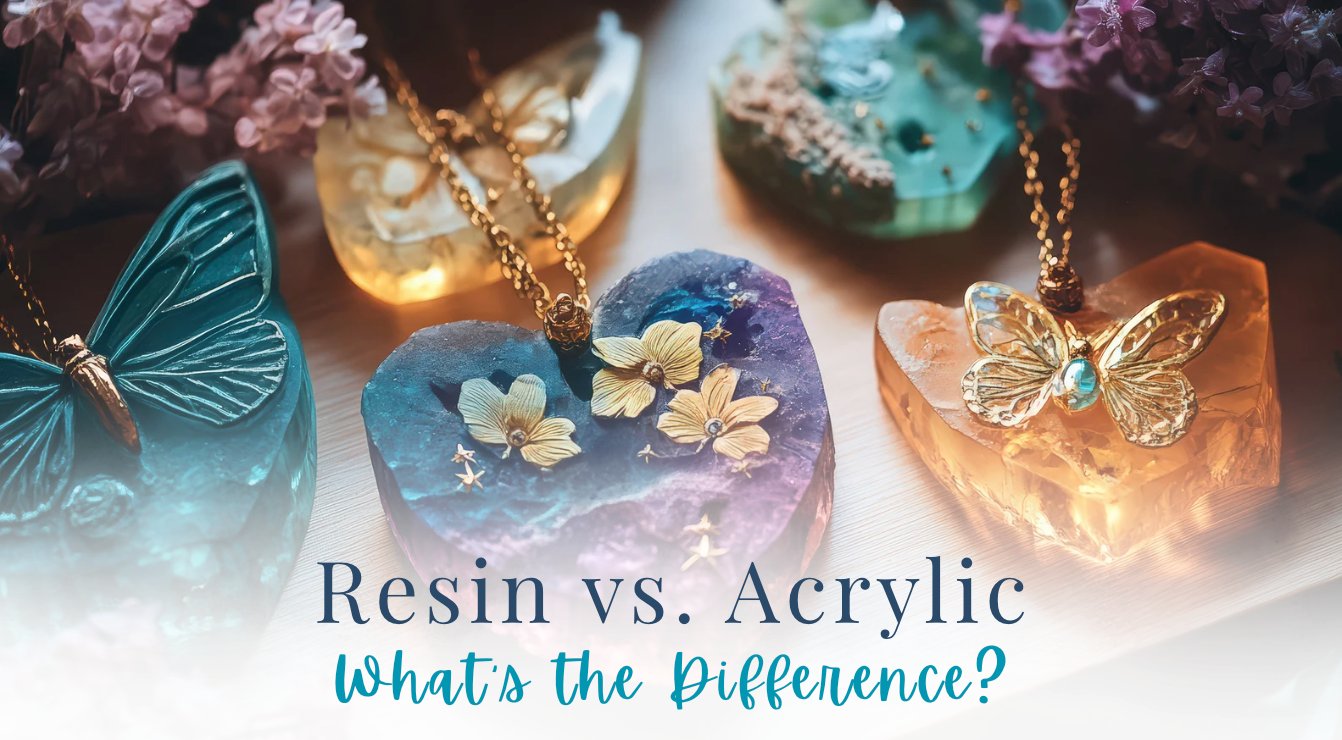
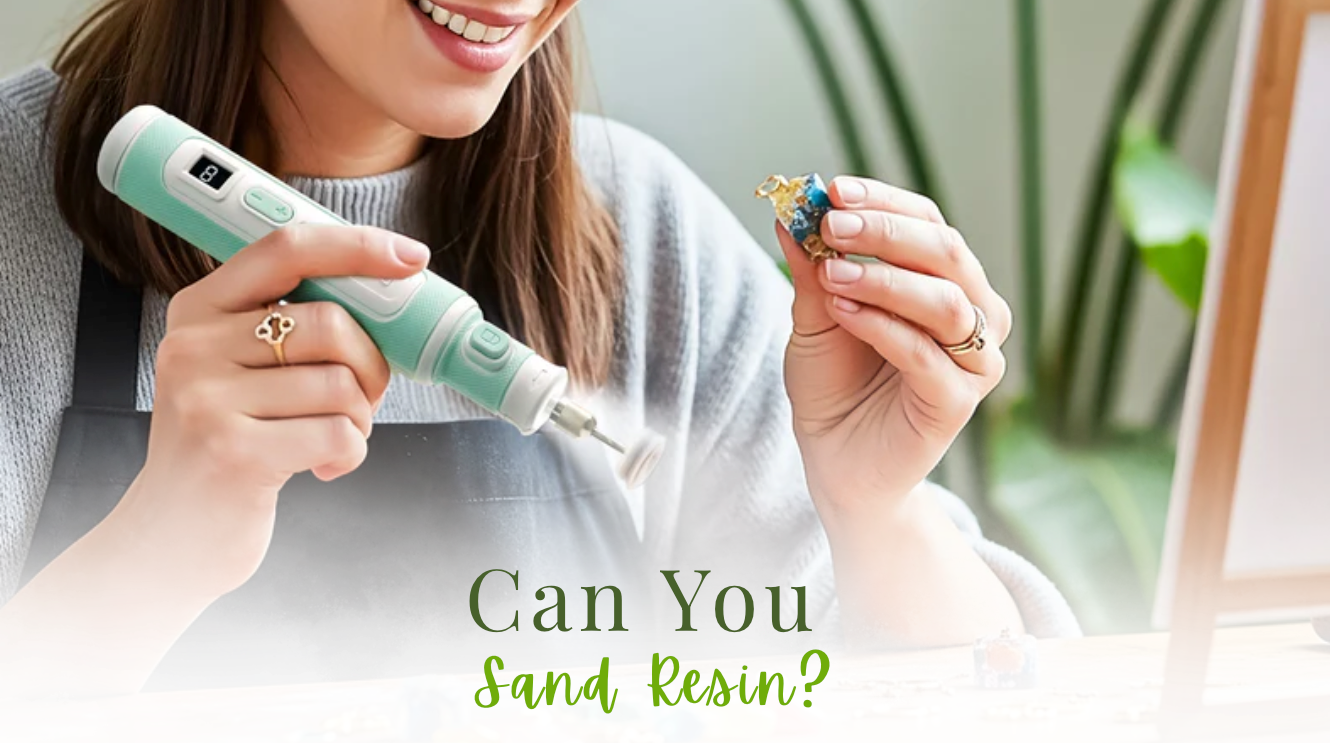
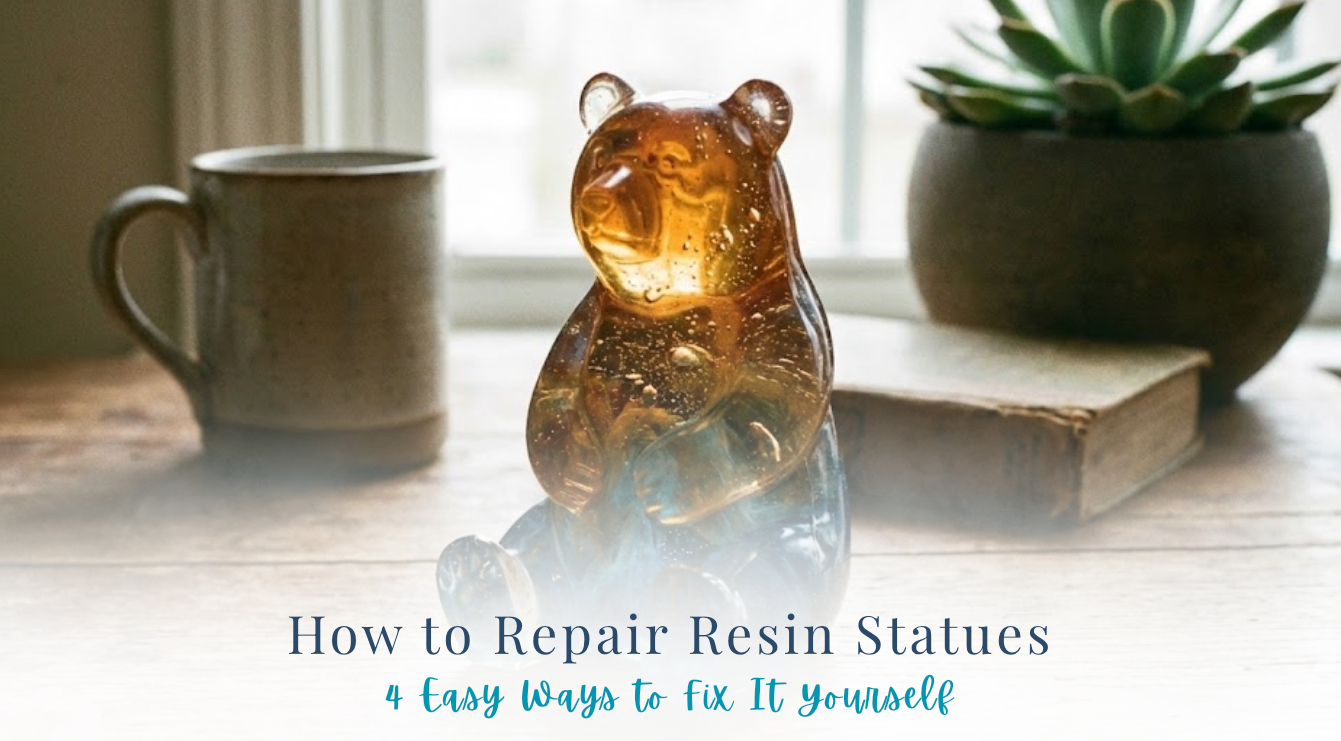

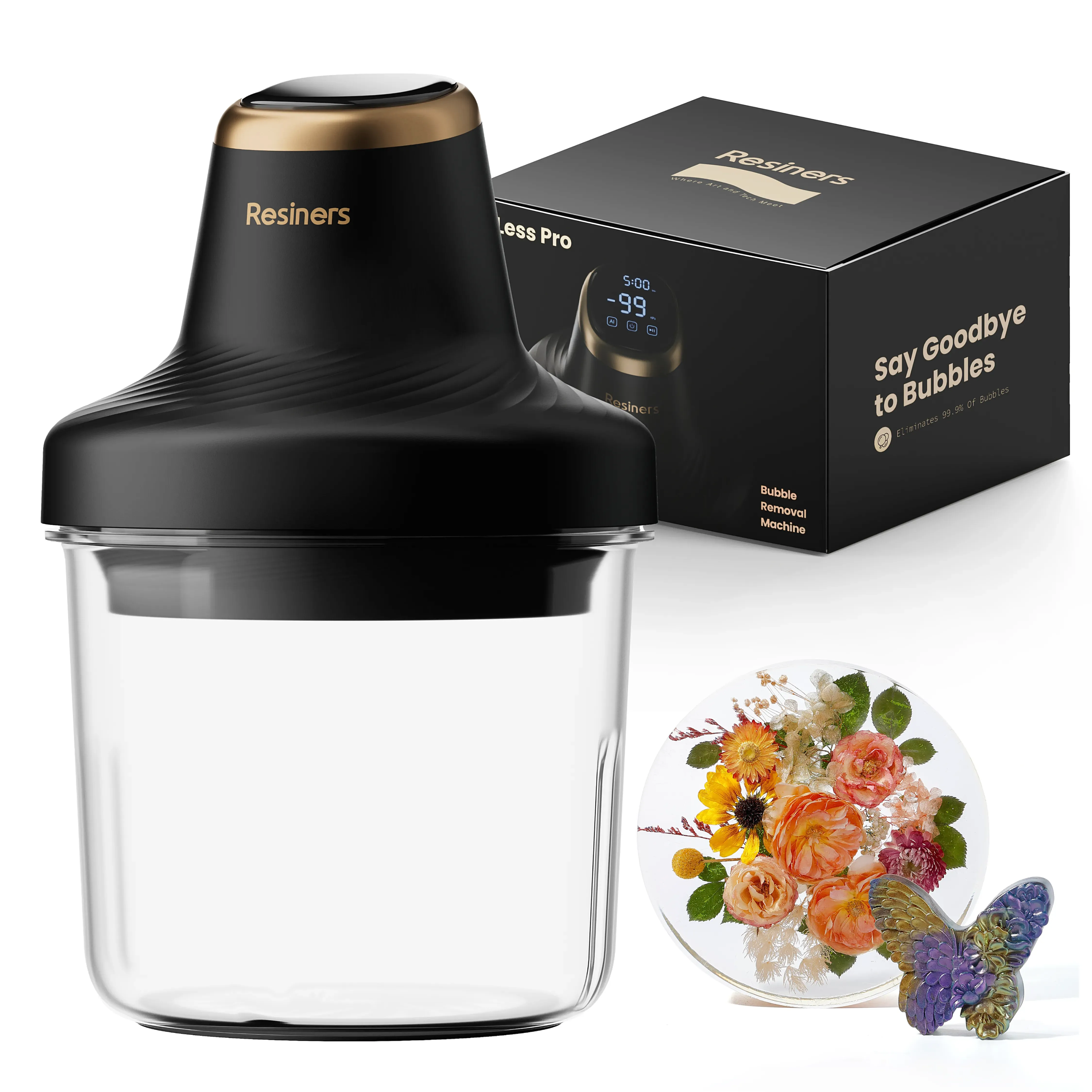
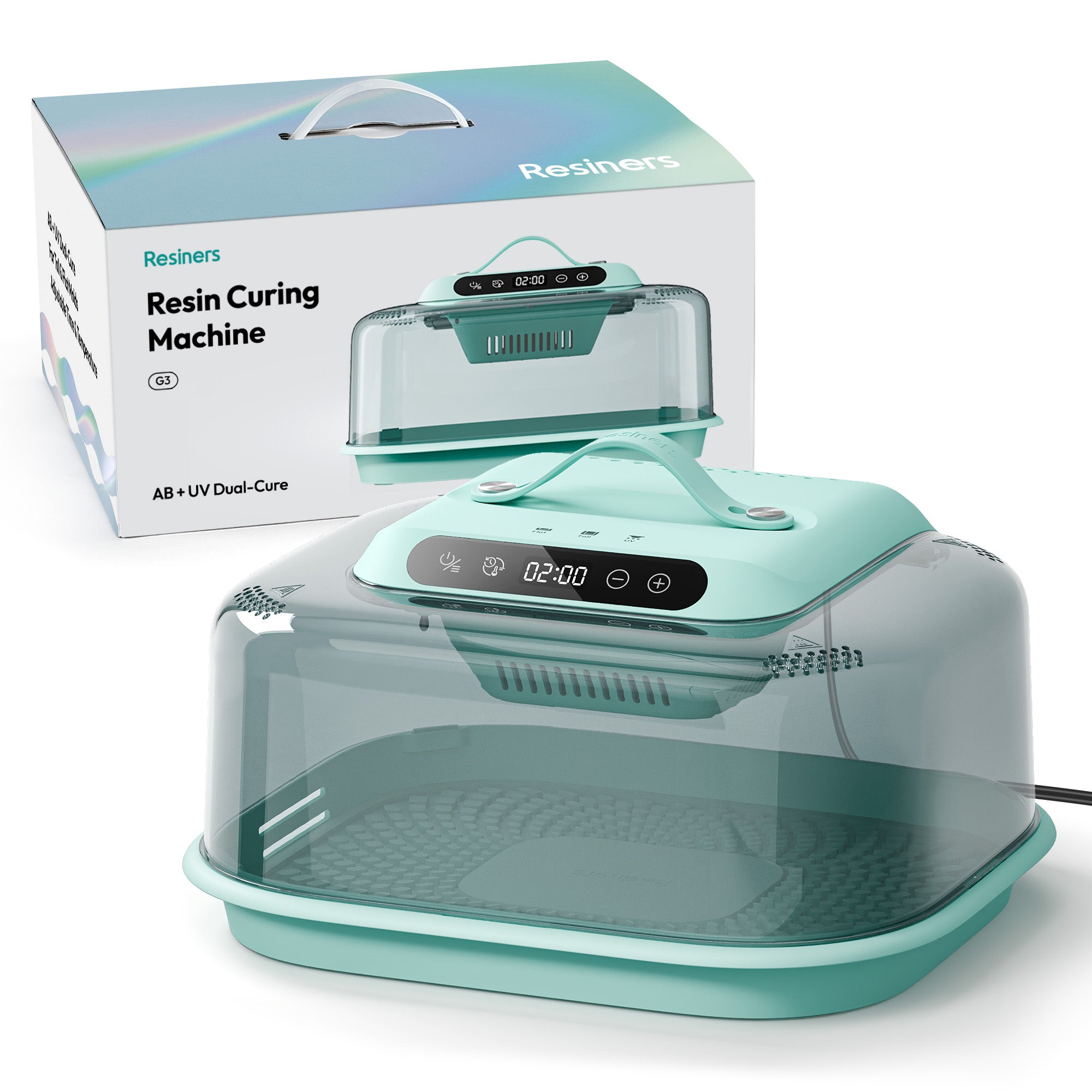

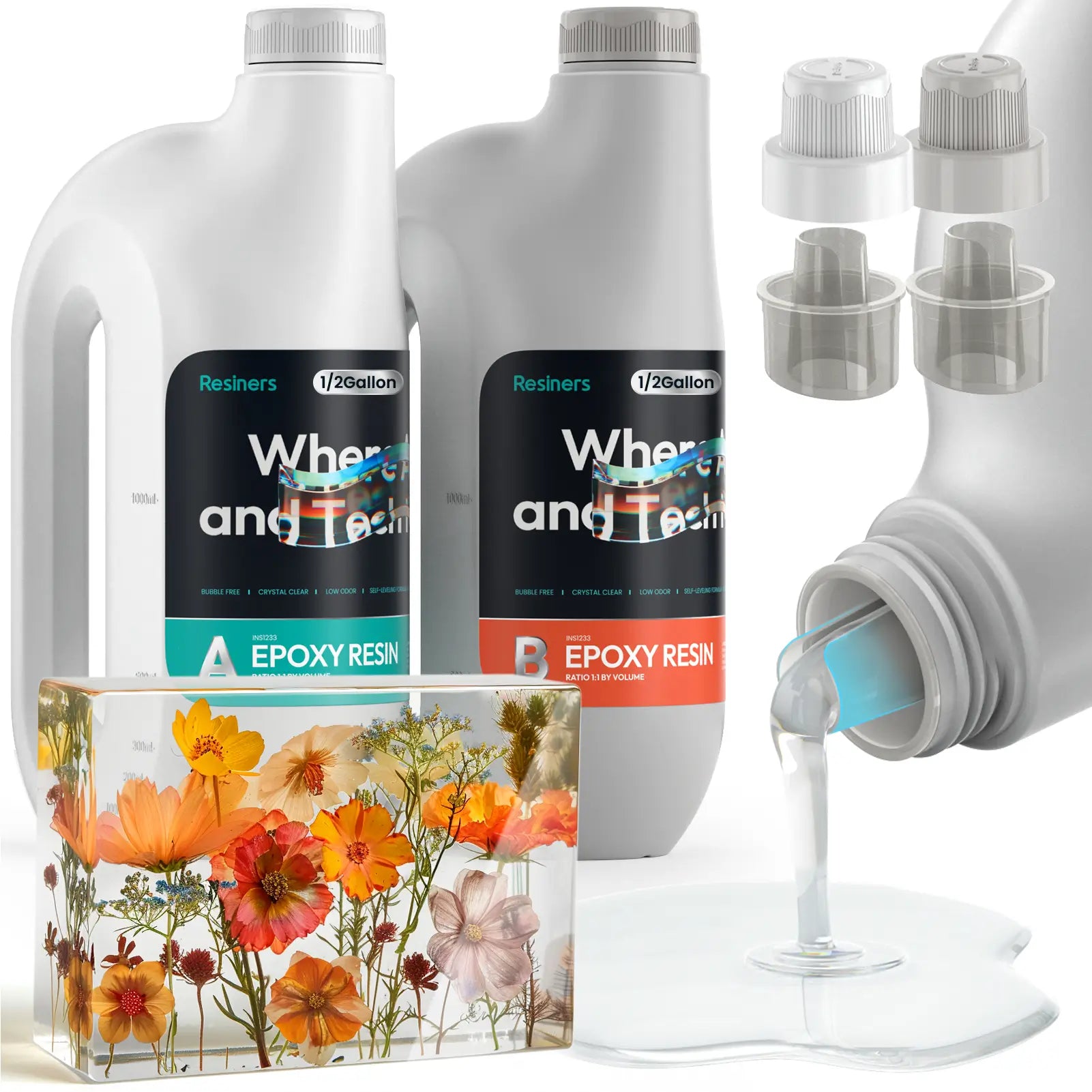
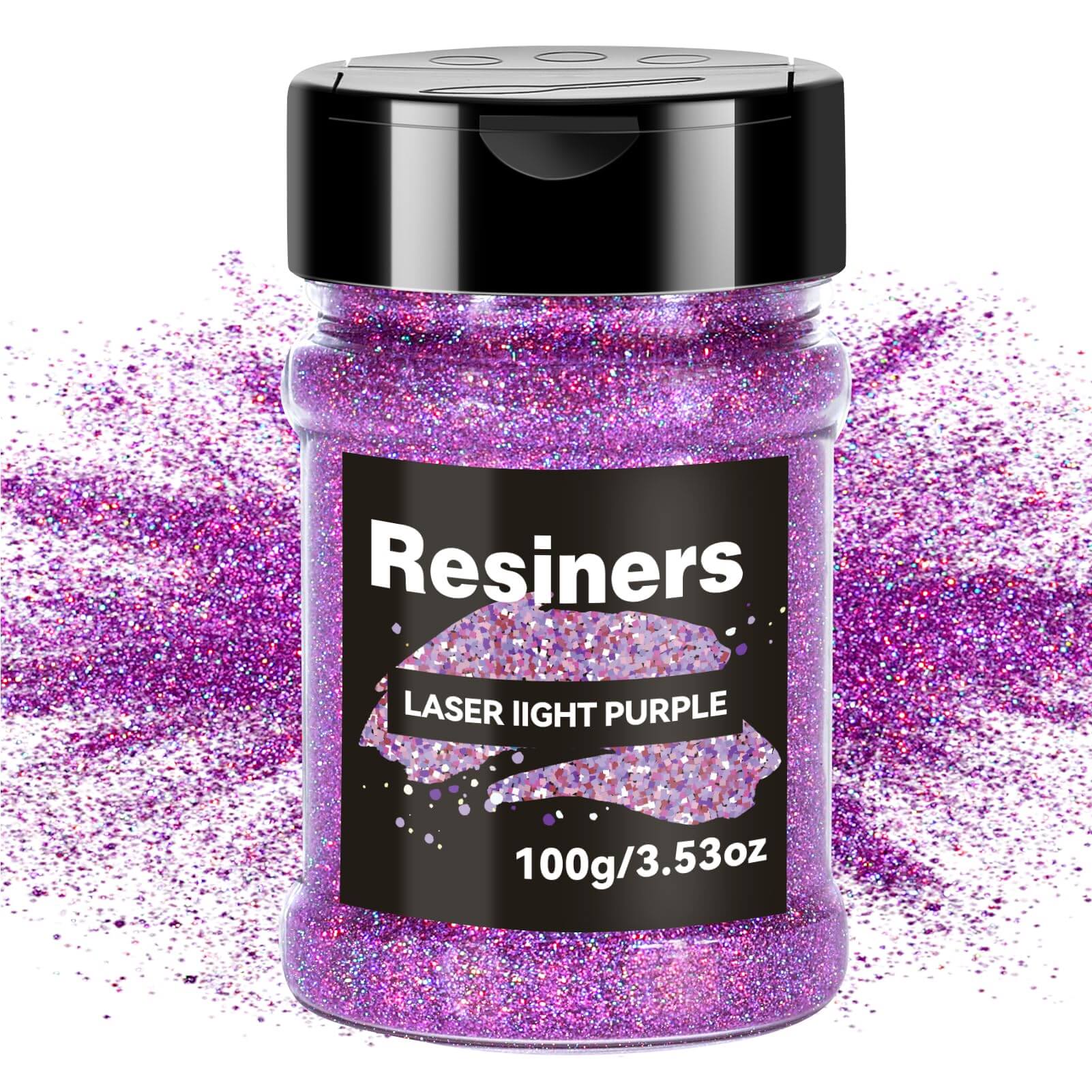
Laisser un commentaire
Ce site est protégé par hCaptcha, et la Politique de confidentialité et les Conditions de service de hCaptcha s’appliquent.